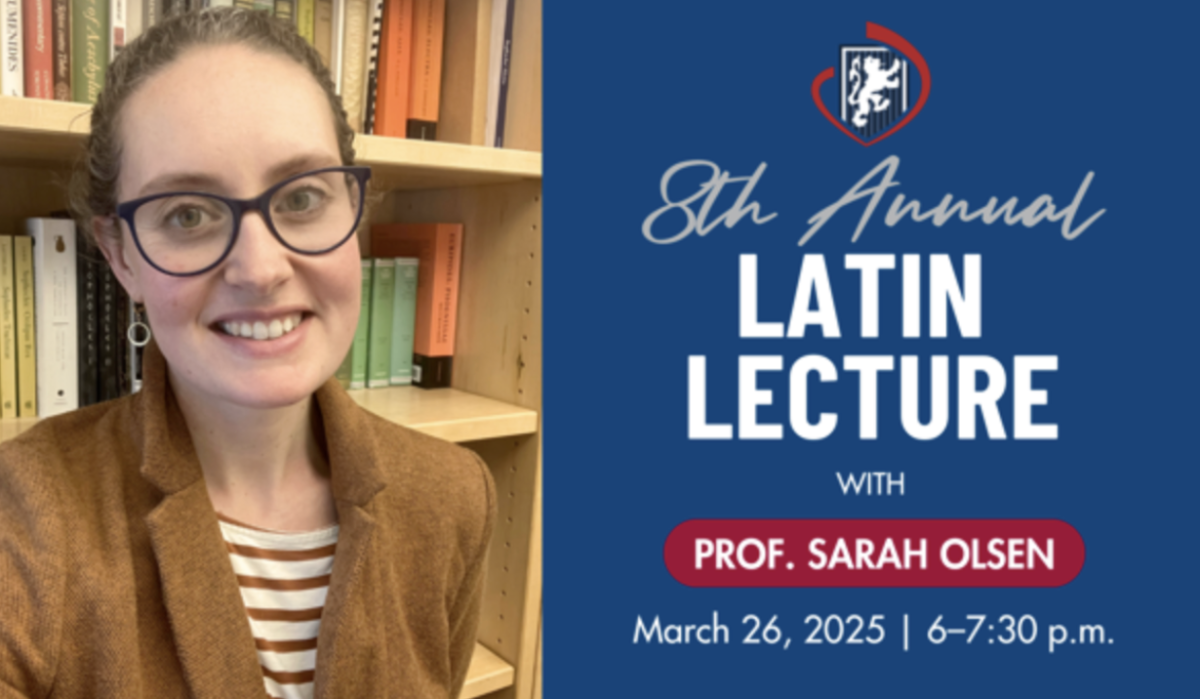
Ashley Latham
& Camilla Bykhovsky
Ten babies have been born to faculty members over the last three years, and two more on the way. Among the chaos of raising a young child, parents of infants and toddlers must find time to grade papers and write lessons while also caring for their young children.
Some teachers are finding they must sacrifice personal time to meet the demands of their jobs and families. “Being a working mom definitely does have its challenges,” College Counseling Director Rebecca Munda, mother of 8-month-old Oliver, said.
“You have to find the right balance between your home and working life.” School hours can be the only time for teachers to complete grading because getting work done with children running around demanding constant attention can be challenging, according to chemistry teacher Christy Cinti.
“I’m very good at separating my home life from my school life,” Cinti, mother of Bryce, 2, and Nora, 5 months, said. “When I am at school, I am focused on my students, and when I am at home, I am focused on my family. I use school time to grade papers and be available to my students.”
Some teachers rely on their spouses to help watch children when grading and schoolwork become overwhelming.
“I rely tremendously on Mrs. Cinti, especially with our newborn,” biology teacher Ray Cinti said. “The mother is so crucial for breast-feeding or if she is fussing and there is nothing I can do about it — I hand it over to her. However, what I am trying to do is go extra strong with Bryce, that way I can alleviate her stress.”
 Time for grading assignments is limited and it often requires the support of spouses. “There is an added strain because I do not have that much time to do the grading,” Michael Stafford, father of Caroline, 3, and Rebecca, 1, said. “Sometimes I will fall behind, and it is largely part of the experience, but there is a temptation to cancel a test. Every once in a while, on a Saturday, my wife will take the kids for a few hours in the morning to free me up to knock out some grading.”
Time for grading assignments is limited and it often requires the support of spouses. “There is an added strain because I do not have that much time to do the grading,” Michael Stafford, father of Caroline, 3, and Rebecca, 1, said. “Sometimes I will fall behind, and it is largely part of the experience, but there is a temptation to cancel a test. Every once in a while, on a Saturday, my wife will take the kids for a few hours in the morning to free me up to knock out some grading.”
Teachers who are currently on leave are planning how they will manage their time once they return, like Rachel McIntire, who gave birth to her daughter, Isla Kathleen, in late July.
“I’m not teaching now, so it has been pretty easy,” McIntire said. “What I’m thinking is that with help of my colleagues, my time will be put to better use, that is, spending enough time with my new baby girl, along with my teaching curriculum.”
Fine arts teacher Claire Kessler-Bradner, who is a colleague of McIntire, gave birth to Lita six months ago and is working part-time in order to spend more time with her daughter.
“I have always been part time, and it is what I would prefer in terms of the new baby,” Kessler-Bradner said. “It also has to do with the department. Ms. McIntire is full-time, and I am part time, as there are only enough classes to do it like that.”
California’s Paid Family Leave program covers a new working parent’s salary for six weeks to bond with a child after birth or adoption, according to Human Resources Director Juli Devincenzi. Family Leave is often taken by new mothers after they take disability leave. “
The State of California will pay a mother who has just had a baby because they are technically disabled from work,” Devincenzi said. “From the point at which the mother is a month from the due date, to six weeks after the delivery, working women are considered disabled.”
Federal law protects a new parent’s job and benefits while on leave. Both Stafford and Ray Cinti took advantage of paid family leave, which can be taken by either parent any time within the child’s first year of life, and provides 55 percent of their salary according to Devincenzi.
“Working in education, I find it to be a very supportive environment.” Munda said. “We have hours conducive to raising a family.”














